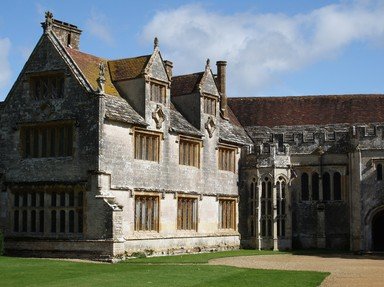Quiz Answer Key and Fun Facts
1. Which of these terms does *not* relate to border fortifications?
2. Why is it said that there are there more reports of ill doings by the Scots against the English then vice versa?
3. In 1540 what was reportedly the attitude of most Scottish borderers to firearms?
4. What was a Jedborough (Jedburgh, Jedart, Jedhart) staff?
5. Gavin Dunbar, archbishop of Glasgow, cursed the borderers in 1525. How long was the curse?
6. What physical peculiarity did the name (or clan) the Kers reputedly have?
7. Which of these is not a genuine name for a border fortification?
8. In addition to not breaking their word to each other what does it seem the majority of borderers would *not* willingly do?
9. What was the significance of holding a glove on the point of a spear at a public meeting?
10. What could be said about the state of religion in Liddesdale?
Source: Author
tnrees
This quiz was reviewed by FunTrivia editor
bloomsby before going online.
Any errors found in FunTrivia content are routinely corrected through our feedback system.
